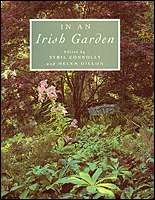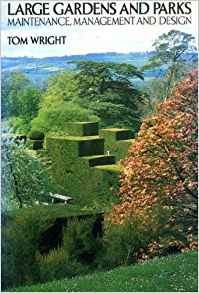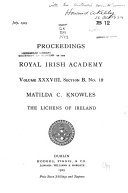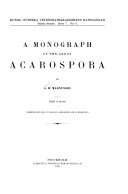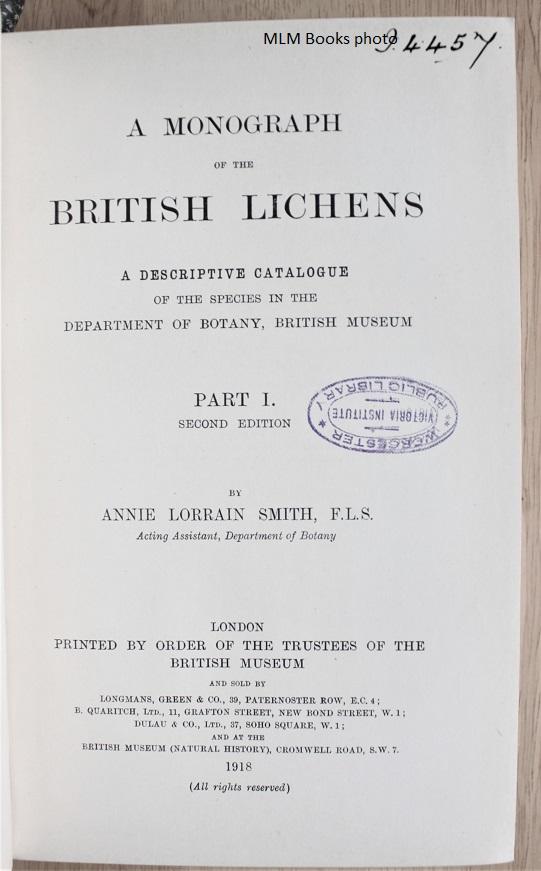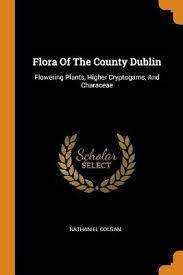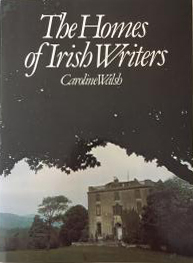Earlscliffe in Print & TV / Articles in books
Previous / Next: Earlscliffe as seen on television
Earlscliffe - articles in books
Over the past twenty -five years, the Robinson Garden at Earlscliffe has been featured or mentioned in a number of books.
Books that feature the Earlscliffe garden or plants
Other books that mention Earlscliffe
| Title and Author | Cover | Description | Publisher |
|---|---|---|---|
| Death on Ireland's Eye: The Victorian Murder Trial that Scandalised a Nation by Dean Ruxton |
![Death on Ireland's Eye: The Victorian Murder Trial that Scandalised a Nation by [Dean Ruxton]](../images/death_on_irelands_eye.jpg) |
Dean Ruxton is a great story teller. In his work for The Irish Times he is known for looking at historical crime in Ireland. This book is his dramatisation of the story of a murder trial that took place 170 years ago. The death of Maria Kirwan on Ireland's Eye was a big news story at the time and a lot of the events take place in Howth. One of the characters in the novel is Alderman Cornelius Egan who lives at Earlscliffe, and the house is mentioned a number of times in the book. | Gill Books 2022 ISBN 9780717188925 |
|
Howth Through the Eyes of the Artist by Vincent McBrierty |
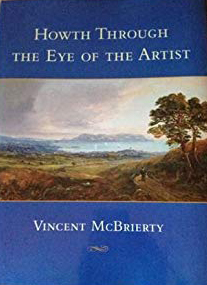 |
Professor McBrierty excellent book tells the story of Howth through the eyes of the artists that lived there or, as visitors, were influencers there, including Jonathan Swift, Sir Samuel Ferguson, James Joyce, Oscar Wilde, Mahaffy, W.B. Yeats and Sir William Orpen. In the book McBrierty mentions that Mahaffy bought and lived in Earlscliffe (though he gets the date wrong. Mahaffy bought it in 1901, not 1904). Apart from that, McBrierty tells a wide and varied tale of Howth history. |
Trinity College Dublin Press |
|
The Wilde Legacy edited by Eiléan Ní Chuilleanáin |
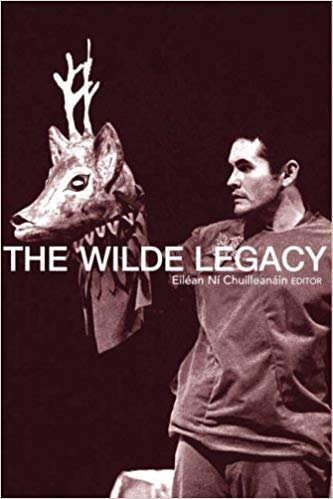 |
To commemorate the 100th anniversary of the death of Oscar Wilde, Trinity College's School of English held a conference on the Wilde family. This book is the proceedings of the conference. In the chapter on Oscar Wilde and the Wildes of Merrion Square, the author, in footnote 41, states the following: The house was named Sealawn when Wilde stayed there and not Earlscliff as stated in all Wilde biographies to date. At some time after Mahaffy's occupancy the house was renamed Earlscliff and is known by this name today. This is incorrect on all accounts. Earlscliffe house was never renamed; Sealawn is a separate house. Plus Wilde never stayed at Earlscliffe as his comments were made in 1876, a full 25 years before Mahaffy bought Earlscliffe. [1] |
Four Courts Press Ltd |
| The New Neighbourhood of Dublin by Joseph Hone, Maurice Craig and Michael Fewer |
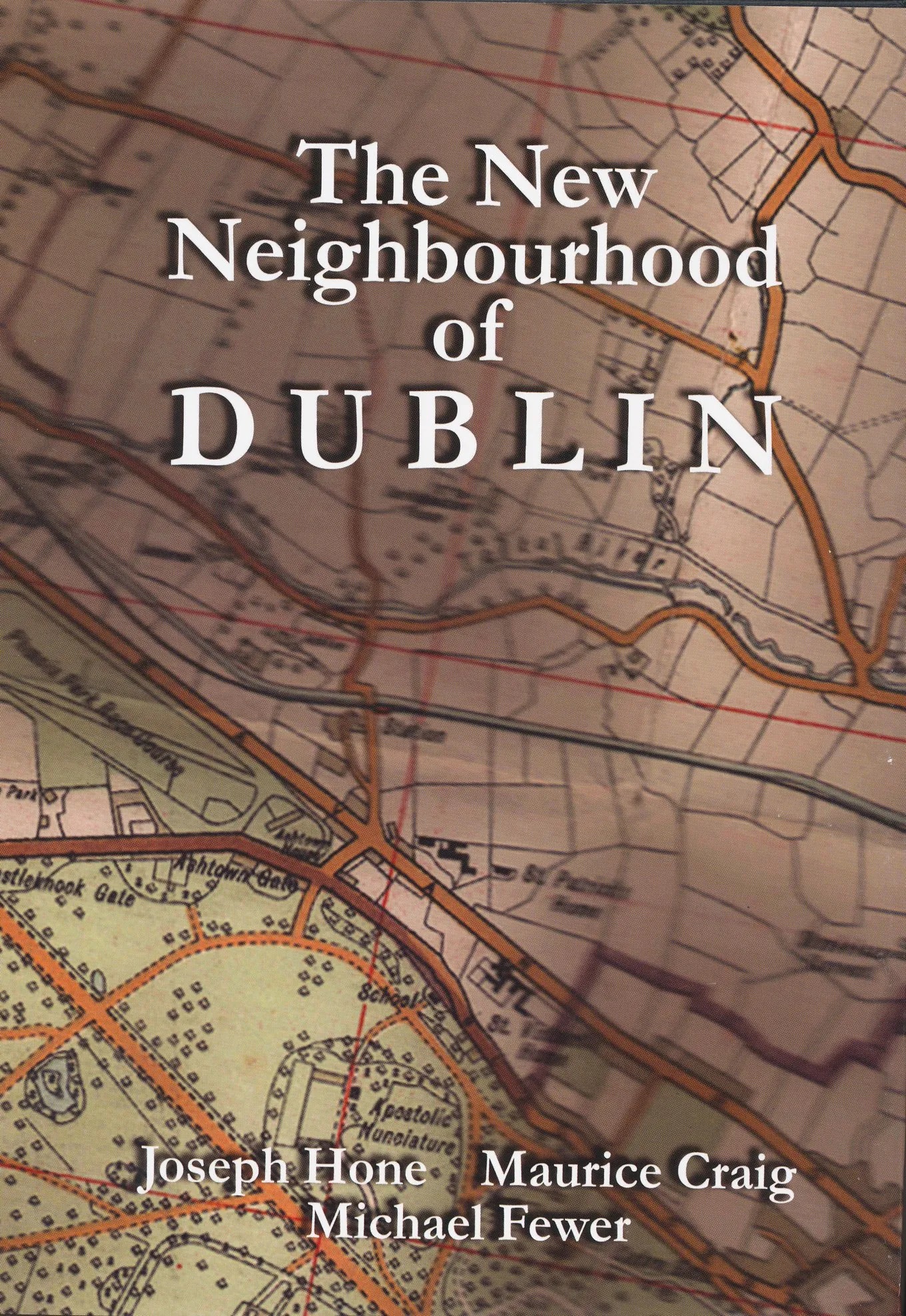 |
This book describes the buildings and places of city and county Dublin and how they have changed in fifty years, bringing together the previously unpublished Hone and Craig text with Michael Fewer’s parallel notes describing the subsequent changes. On the section around Howth they mention Earlscliffe but initially get the name wrong: The Baily Post Office is gone, but the nearby Eastcliff [sic], Earlscliffe on the nineteenth-century maps, is still there. |
A. & A. Farmar 2002 ISBN 1899047786 |
|
Dublin's Famous People: And Where They Lived by John Cowell |
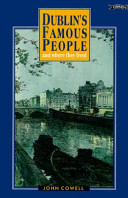 |
A guide to more than 200 famous inhabitants of Dublin, with
biographical sketches and the addresses in the city at which
they lived. Again, it mentions Mahaffy's house, Earlscliffe. Later he purchased Earlscliff , Howth , which a wag suggested might better be called Dukescliff . |
The O'Brien Press |
|
A literary guide to Dublin by Vivien Igoe |
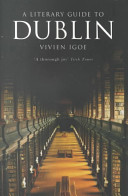 |
This travel and reference book is a guide to the city that has been home to some of the most famous writers in the history of literature and drama, as well as the birthplace of three Nobel Prize winners for literature: Shaw, Yeats and Beckett. It is also another one that that incorrectly references Mahaffy's house, Earlscliffe, as being one that Oscar Wilde and Mahaffy spent some time together. |
Methuen, |
| Oscar Wilde, the Importance of Being Irish by Davis Coakley |
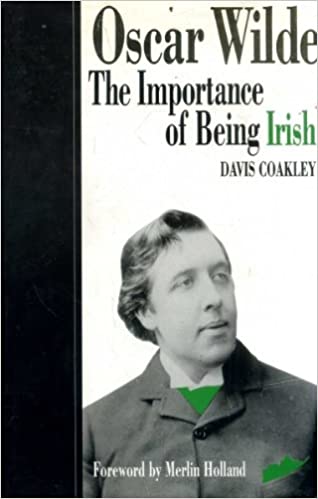 |
This biography of Oscar Wilde explores how his Irish background had a major impact on his life and writings. Yet another book that that incorrectly references Mahaffy's house, Earlscliffe, as being one that Oscar Wilde and Mahaffy spent some time together. During August 1876 Wilde was busy correcting the proofs of Mahaffy's book Rambles and Studies in Greece at the professor's home, Earlscliff, in Howth. However, Mahaffy only bought Earlscliffe in 1901. [1] |
Town House 1994 ISBN 0948524979 |
| The Age of the Electric Train: Electric Trains in Britain Since 1883 by John C. Gillham |

|
A detailed history of the invention and evolution of the motive power, rolling stock and infrastructure of the electric railways of Britain. Although the title states it is about Britain, it includes details of the electric trams that ran in Dublin, specifically the Howth Tram system. In this section there is a picture of a tram with the caption: ...showing one of the 10 double-deck tramcars on the railway type track and private right of way, between Earls Cliff and Howth Summit on 13 June 1953 . |
Ian Allan Ltd., 1988 ISBN 0711013926 |
|
The Homes of Irish Writers by Caroline Walsh |
|
This book looks at the links between some of Ireland's best known writers and the homes and the surroundings in which they lived. In the chapter on Oscar Wilde, Caroline quotes Wilde's words on Howth from the summer of 1876: "I am with that dear old Mahaffy every day. He has a charming house by the sea here, on a place called the Hill of Howth, one of the crescent horns that shuts in the Bay of Dublin, the only place near town with fields of yellow gorse and stretches of wild myrtle, red heather and ferns...” She mistakenly attributes this to John Pentland Mahaffy's house, Earlscliffe. However, Mahaffy only bought Earlscliffe in 1901. Before that he lived in a house called Sealawn in Sutton. [1] |
Anvil Books |
|
The Howth Peninsula: Its History, Lore and Legend edited by Vincent J McBrierty |
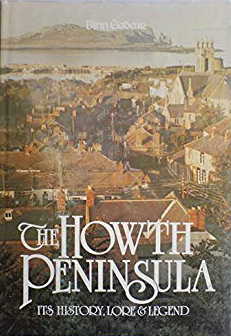 |
A local history of Howth covering events, people, the harbour, churches and schools, famous visitors and events, shipwrecks, and transport. Also covered are sport and recreation, geology, natural history and local legends and folklore. Earlscliffe is mentioned as the home of John Pentland Mahaffy, provost of Trinity. |
North Dublin Round Table |
|
John Pentland Mahaffy: Biography of an Anglo-Irishman by W B Stanford and R B McDowell |
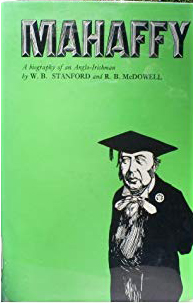 |
The definitive book on Mahaffy. The sleeve notes to the book describes him as follows: Historian and philosopher, man of letters and musician, conversationalist and controversialist, sportsman, publicist, diner out and don (Wilde's tutor) - even among so versatile race as the Irish, and in an epoch so favourable to versatility as the Victorian, John Pentland Mahaffy was outstanding. Mahaffy became, long before his death, a legendary figure, the subject of many anecdotes, believable and unbelievable, and this book explores the contradictory and often extravagant legend. Mahaffy's second home, Earlscliffe, is mentioned a number of times throughout the book. For example, the story was that Mahaffy's wife, Frances, bought Earlscliffe for Mahaffy from spare cash saved from her housekeeping money. His wife [Frances] was kind, highly intelligent, interested in literature, and a good housekeeper - tradition says that taking advantage of a fall in prices towards the close of the century she steadily saved from her housekeeping money until she was able to present her unobservant husband with a seaside house [Earlscliffe]. Finally, in the book, according to a friend of Mahaffy, John Gordon Swift MacNeil, Mahaffy believed in ghosts and claimed he saw them on more than one occasion. The historian, Sheelagh Harbison, later stated that Mahaffy's ghost was reputed to haunt Earlscliff |
Routledge & Kegan Paul Ltd |
|
Scandinavian Elements of Finnegans Wake by Dounia Buins Christiani |
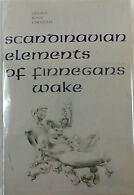 |
In Scandinavian Elements of "Finnegans Wake", Dounia Bunis Christiani looks at the Dano-Norwegian text in James Joyce's masterwork, trying to explain the literary, linguistic, historical, and biographical materials to which the Scandinavian fragments allude. In Book IV, there is a line "Les go dutc to Danegreven, nos?" (page 622, line 20). Christiani says that this is: "Perhaps an allusion to Danesfort and Earlscliffe on Howth peninsula, perhaps only a pun on 'going dutch' and French duc, duke, Danish greven, the count." Others have translated this line to be alluding to Dungriffin, the promontory on Howth with the Baily lighthouse, and the Dublin United Tramways Company (DUTC) that ran the tram to Howth Summit, past Earlscliffe.[2] |
Northwestern University Press |
| A History of the County Dublin: Howth by Frances Elrington Ball |
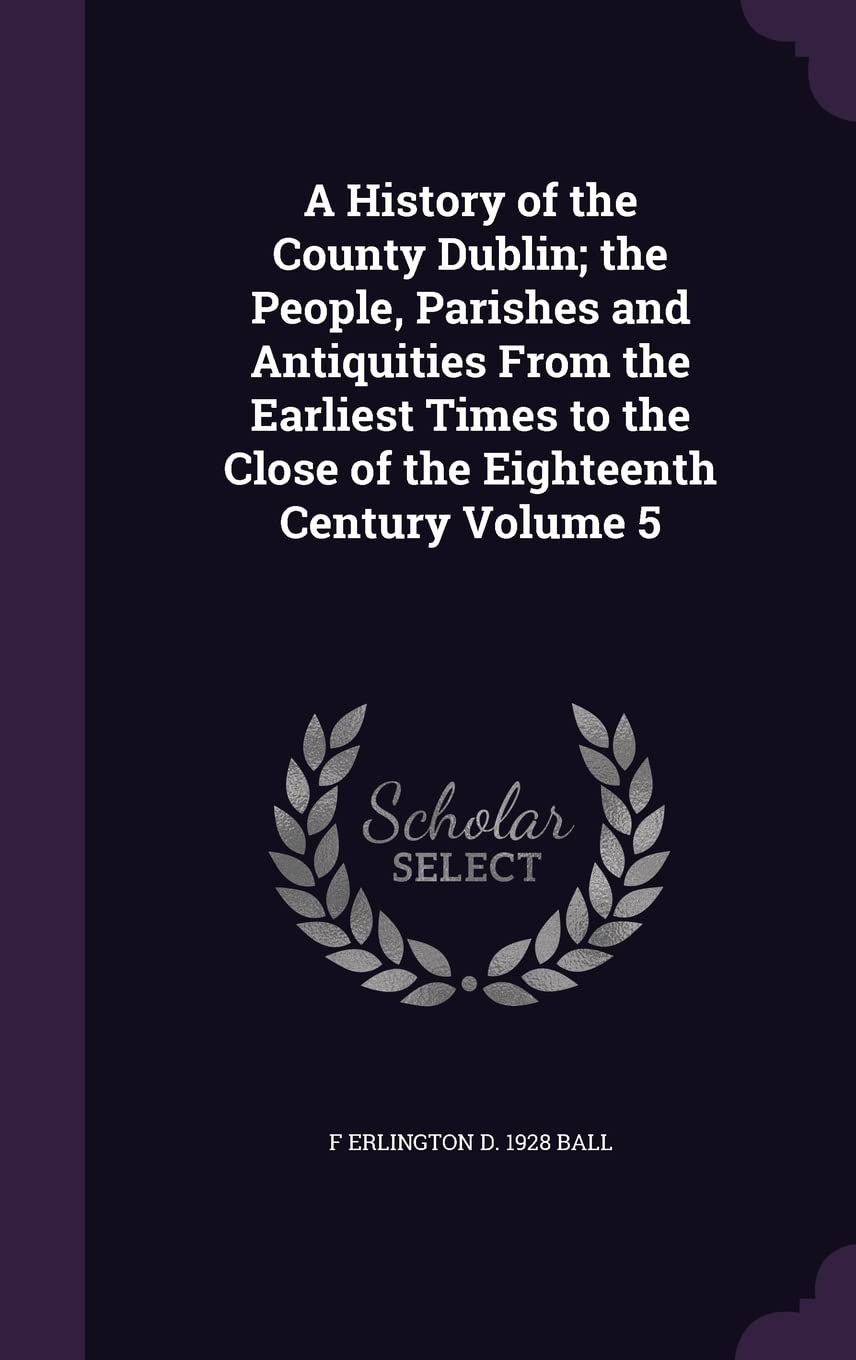 |
Francis Elrington Ball wrote a multi-volume selection of books entitled "A History Of The County Dublin" in the early 1900s, covering a complete history of the Dublin region from the very earliest times until the late 18th century. In the fifth part "Howth and its owners", chapter 9 "As A Packet Station and After", Earlscliffe is mentioned as the home of Mahaffy. | The University Press 1917 ISBN 123580397X |
Read more about:
- Early history of the Garden 1930 to 1969
- Changes in the swinging sixties, from formal garden to eclectic collection of exotic plants
To learn more about the history of Earlscliffe House, read the following pages:
Disclaimer. Parts of the data found in these history pages are derived from sources currently available on the internet. In researching the previous owners of Earlscliffe, certain assumptions have been made as to the validity of this internet data. If you believe that some of this data is inaccurate, please contact .References
- [1] As discussed in http://www.earlscliffe.com/history/house/residents_1901_1922.html
- [2] As discussed in "Howth in Finnegan's Wake", found here: http://fwannotated.blogspot.com/2014/09/howth-in-fw.html on 31st Jan 2019.

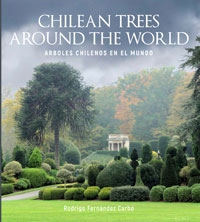
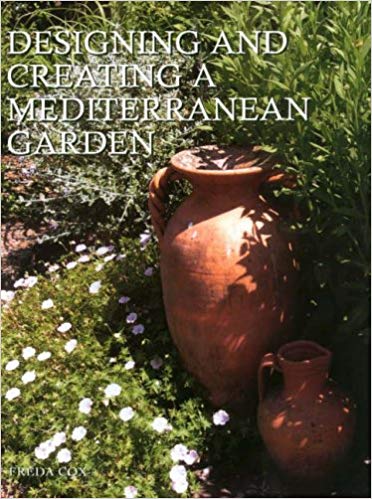
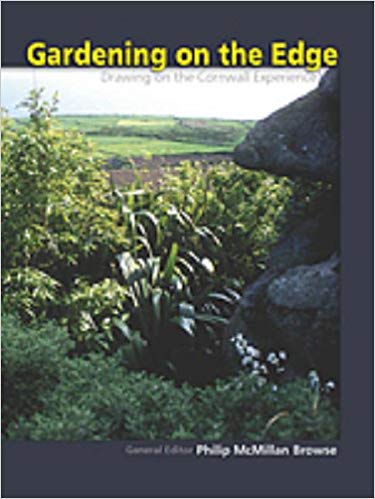
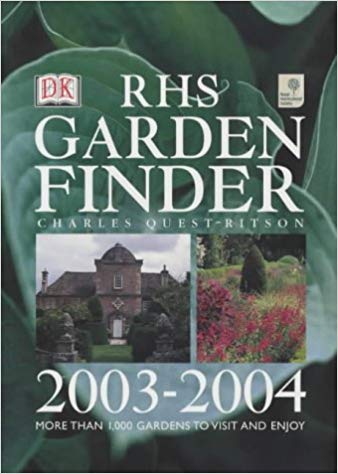
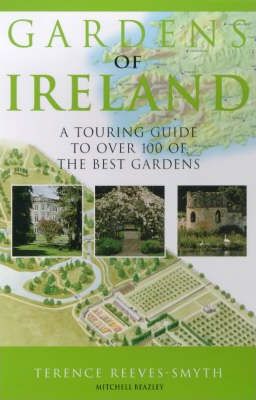
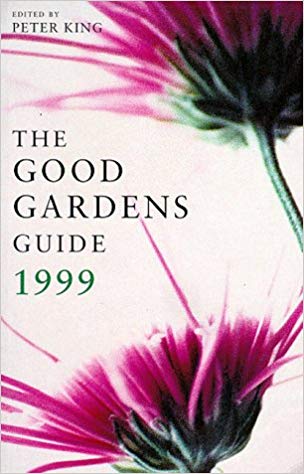
verseas_cover.jpg)
